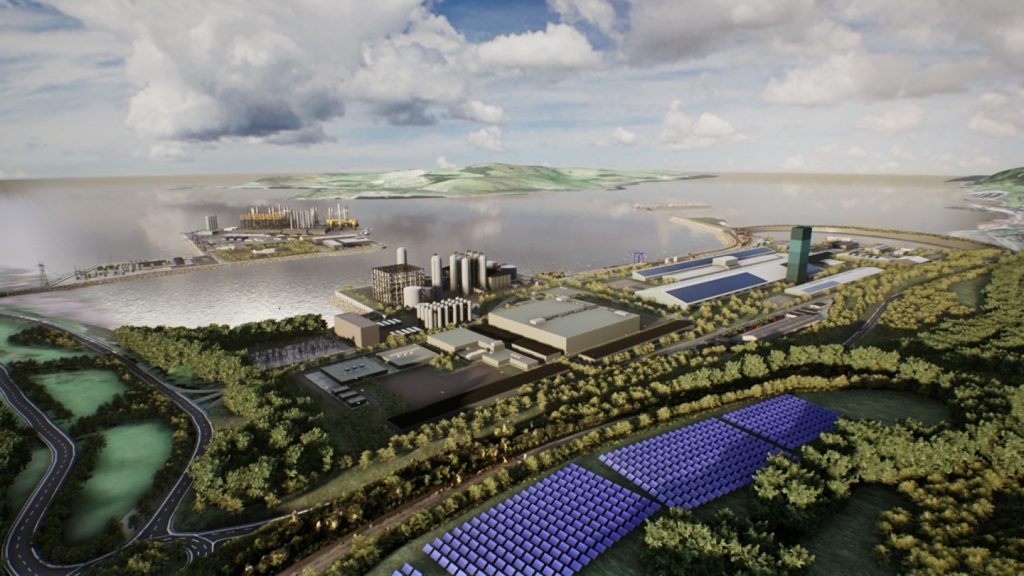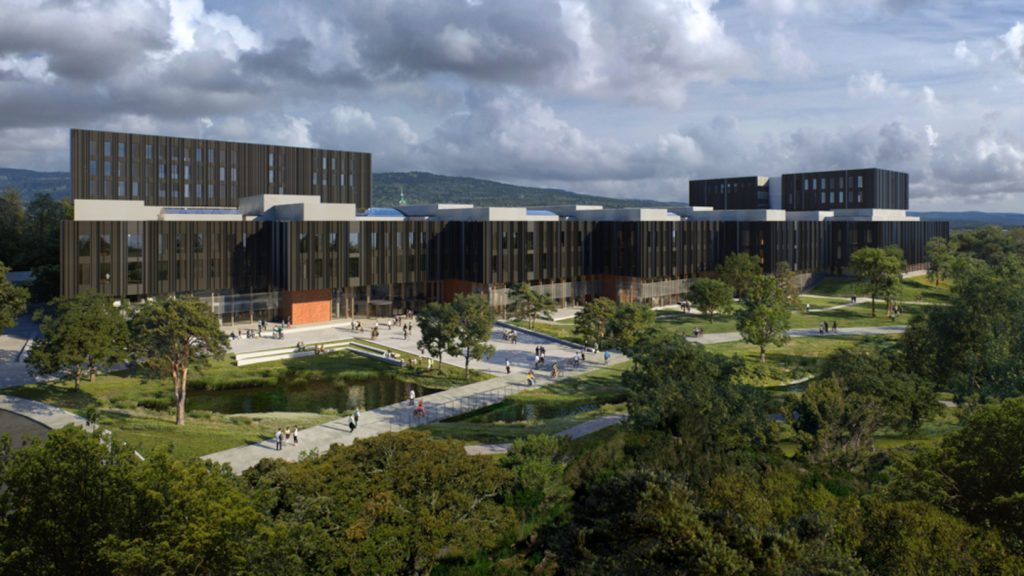Peel Ports Clydeport has secured the planning permission for the £150m ($191.49m) upgrade of the Hunterston marine yard in Ayrshire, Scotland, marking a significant step towards enhancing offshore wind power on the UK's west coast.
The redevelopment, expected to commence in early 2025 and last approximately two years, will involve significant upgrades to the marine yard.
These upgrades include infilling the current dry-dock basin and constructing a new quay wall.
Highview Power has announced plans to build the world's largest liquid air energy storage facility at Hunterston. This project is part of a series of renewable initiatives either underway or planned for the site.
The overall redevelopment of Hunterston is projected to attract £3.5bn in inward investment and create more than 5,000 jobs.
Peel Ports Group managing director for port services Lewis McIntyre said: “Hunterston is set to become a major facilitator of the UK energy transition, and this decision is a big step forward in making that happen. It also proves that the west coast is going to play a huge role in renewables.
“There will be no energy transition without ports, and harnessing the potential of sites like Hunterston is key to achieving the UK’s net-zero goals. The knock-on benefits for the local and national economies are also significant. We look forward to working with the policymaking community to create the investment conditions we need to replicate the success of Hunterston at other sites across the country.”
In addition to the planning permission, the final step in the redevelopment process is securing the necessary marine licences. Consultation for these licences is well underway, and once obtained, the redevelopment work can begin.
The project will continue the transformation of the former Hunterston coal terminal into a leading hub for the blue and green economies.
Of the 350 acres being redeveloped, approximately 90% of the site is already under option, supporting energy transition projects such as HV DC cable manufacturing and the UK's first hub for manufacturing gravity base structures, power generation, and storage.















